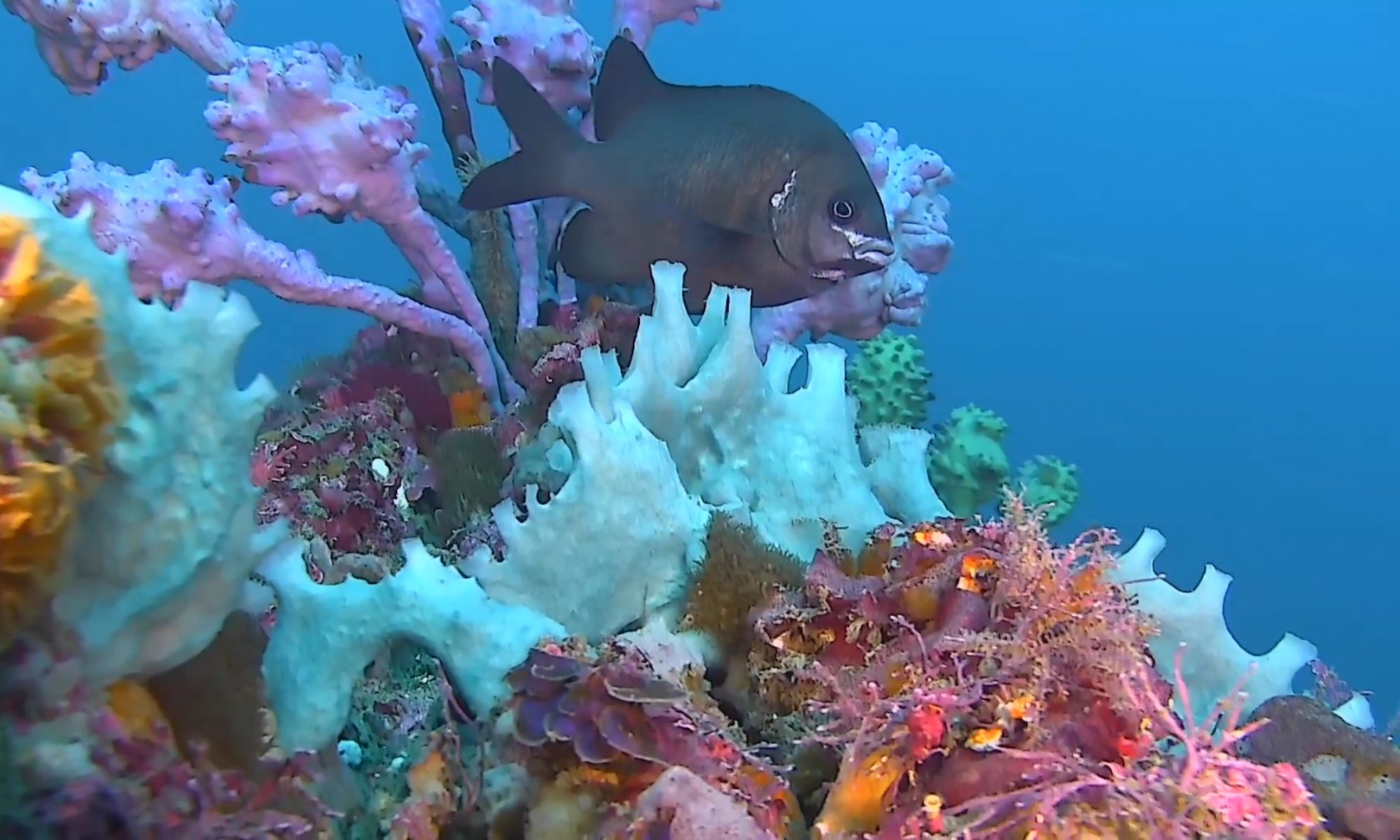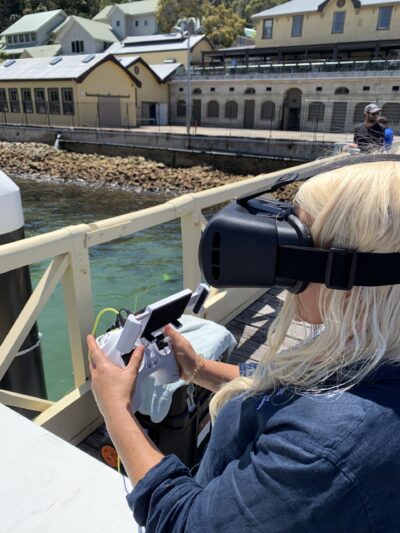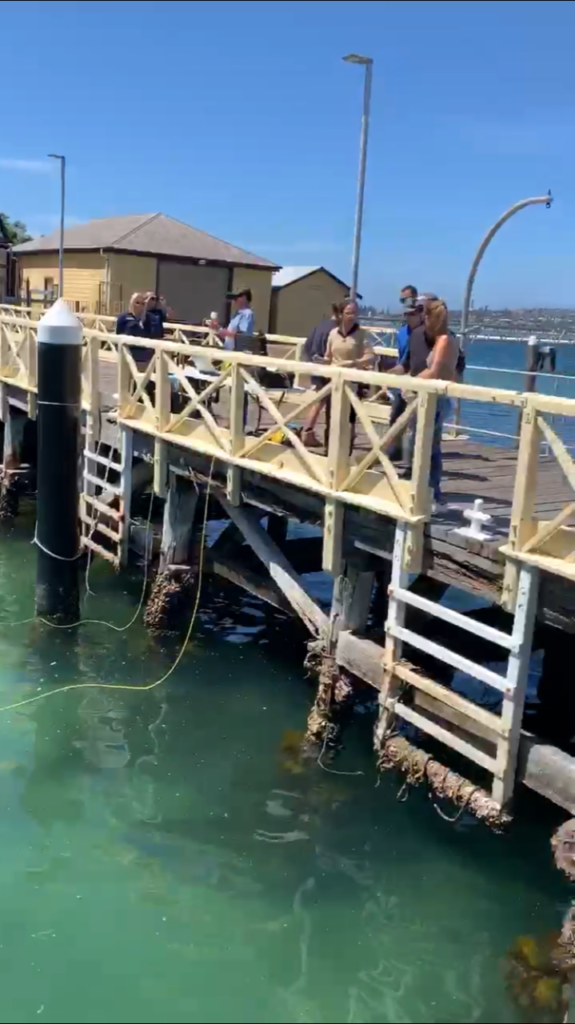The CSIRO recently released a report estimating microplastic build-up on the ocean floor and the results are not good. Using an ROV to collect 51 deepwater samples from the Great Australian Bight in 2017, scientists determined that microplastics are sinking to the ocean beds, finding some areas of zero plastic particles but others with up to 13.6 particles per gram (an amount ~25 times larger than previous studies).
“We estimate there are up to 14 million tonnes of microplastics in the seafloor. It’s worse than we thought.”
https://blog.csiro.au/14-million-tonnes-of-microplastics/
More details at: https://www.csiro.au/en/News/News-releases/2020/14-million-tonnes-of-microplastics-on-seafloor




